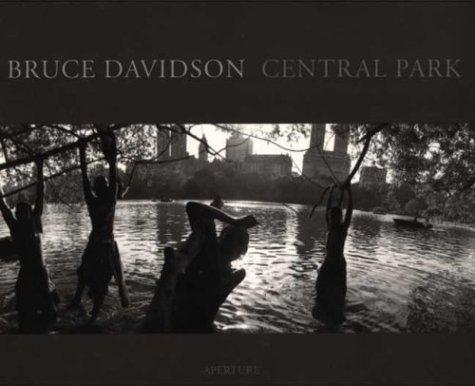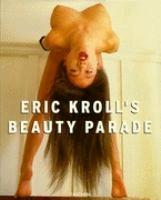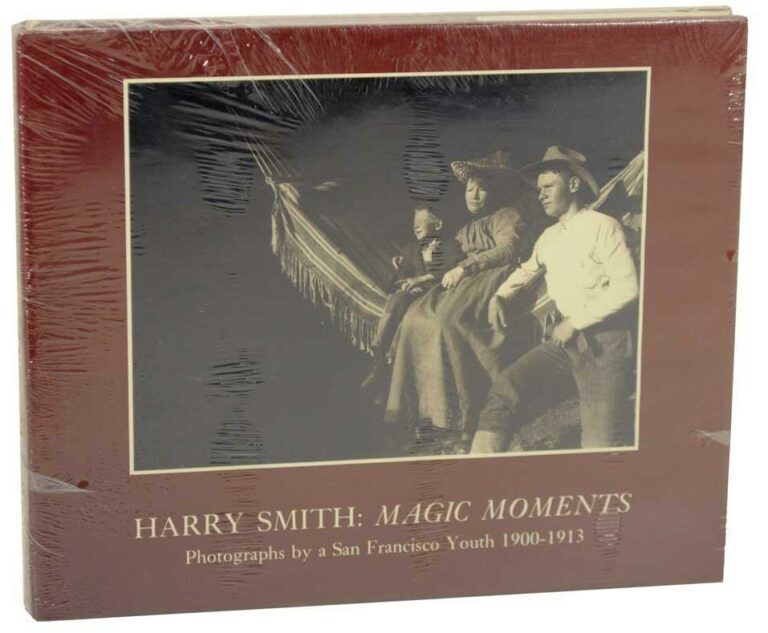Korea–Korea: A Photo Project by Dieter Leistner

A photographic exploration of a divided country. Until 1989, both Germans and Koreans suffered the same fate of living in a divided land. The historical reasons for the separation of Germany into east and West and Korea into north and south are very different and therefore difficult to compare. still, the many similarities of Korea’s division — the segregation of its citizens, the tearing apart of families who could no longer have contact with one another, the suffering of those who attempted to escape and paid with their lives or years spent in prison or work camps –make it almost impossible for Germans to visit Korea without thinking of their country’s own experiences. In 2006, the German architecture photographer Dieter Leistner had both the opportunity and official permission to photograph public spaces in Pyongyang. His images show bus stops with long lines of people waiting, spruced up government buildings, bronze statues of Communist heroes, soldier cemeteries, flower markets, and wide avenues with only a few cars and people. In 2012, Leistner visited Seoul, where he sought and found similar locations with a very different feel. In Seoul, for example, the bus stops looked like oversized televisions, the bronze statues were of kings of the long-gone Korean empire, the flower markets neighbored on fish markets with a vast selection of wares, and the streets were choked with cars and people. This «visual concordance» speaks for itself and needs no commentary. In addition to its striking selection of images, Korea-Korea contains excerpts from two diaries. The first is by Philipp Sturm, who grew up in East Germany and accompanied Dieter Leistner to Pyongyang in 2006. The second is by Hehn-Chu Ahn, who was born in Germany to Korean parents and has regularly visited Seoul since her childhood. Their writings give readers two distinctly German interpretations of this foreign land.
Hay existencias



